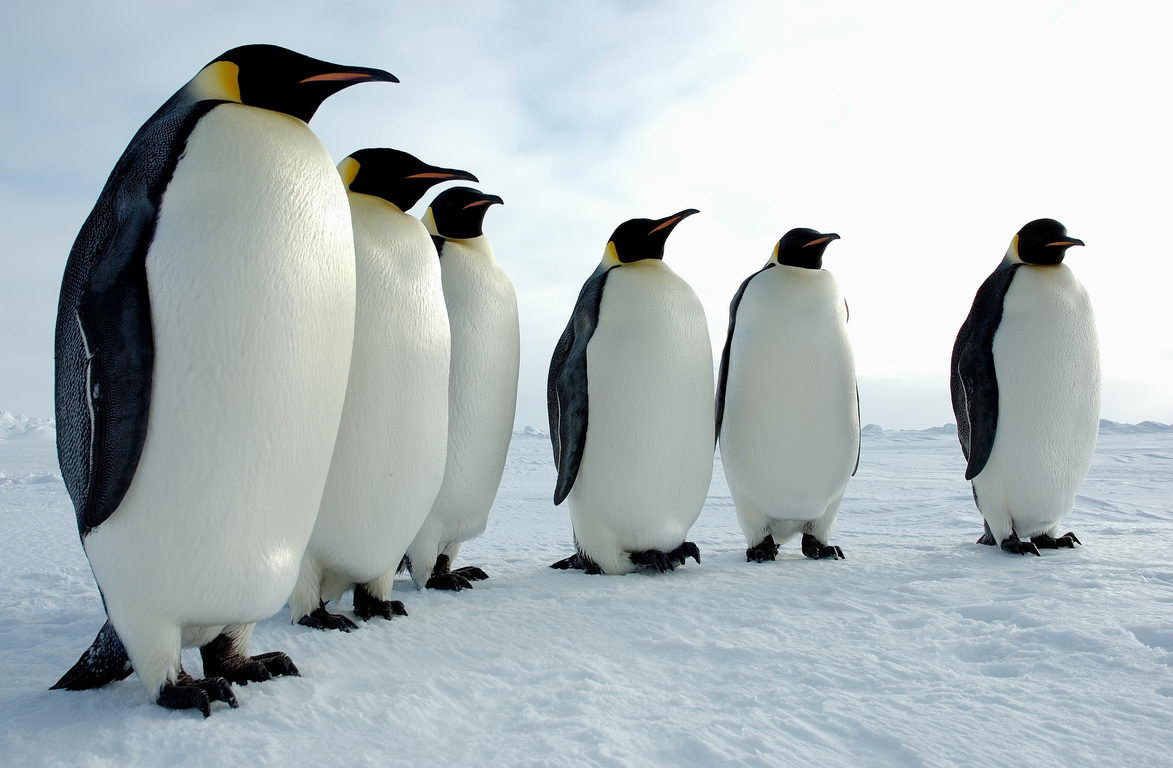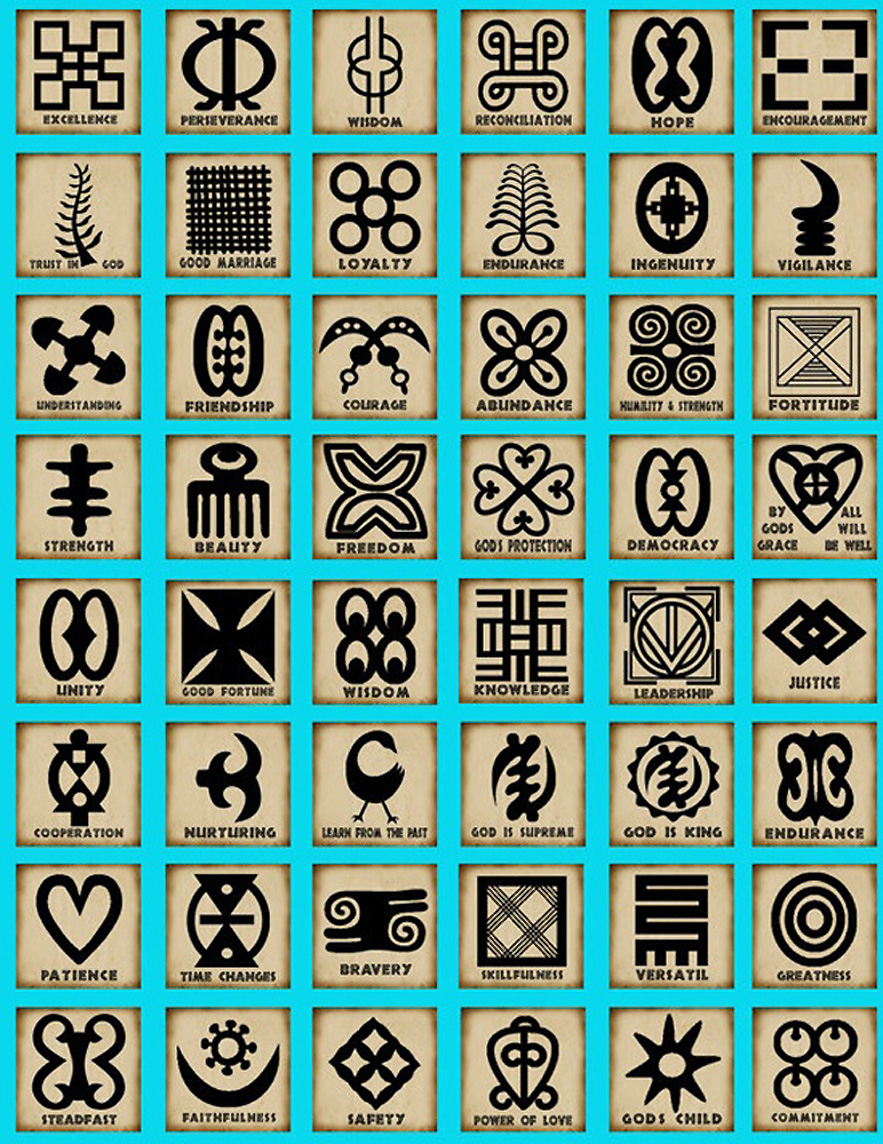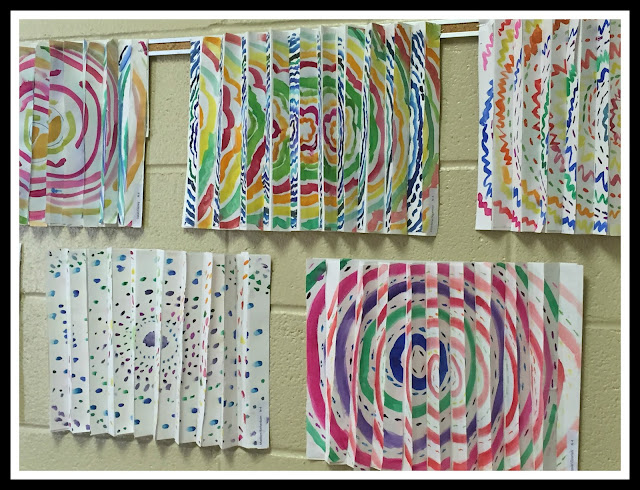Nutcrackers
Nutcrackers originated in Europe hundreds of years ago. Coal miners were resentful watching the fruits of their labors being taken away by the upper classes. During the winter when they could mine, they whittled and began making likenesses of soldiers, policeman and even kings. These figures were given the lowly job of cracking nuts, a job that would surely never be done by a king.
Tuesday, December 13, 2016
Banyan Trees
Banyan trees are fascinating in that they are so large and unusual looking. They are perfect as a subject to use as art. So we watched a video about the trees and discussed how they are actually parasitic. Then it was time to create!
We all began a directed drawing. We had discussed positive and negative space recently, so this really tied in well with that to reinforce these concepts. I also wanted this to be about color blending. Color was next.
We took a look at the color wheel and talked about groupings of color. We discussed which colors would blend as well. Using oil pastels, they chose their color scheme and began. I have to say that I'm proud of the outcome.
Banyan trees are fascinating in that they are so large and unusual looking. They are perfect as a subject to use as art. So we watched a video about the trees and discussed how they are actually parasitic. Then it was time to create!
We all began a directed drawing. We had discussed positive and negative space recently, so this really tied in well with that to reinforce these concepts. I also wanted this to be about color blending. Color was next.
We took a look at the color wheel and talked about groupings of color. We discussed which colors would blend as well. Using oil pastels, they chose their color scheme and began. I have to say that I'm proud of the outcome.
Thursday, December 8, 2016
Friday, September 23, 2016
Pattern Fish
We are back in school and busily yet steadily cranking out some awesome artwork. I began the school year for our first grade kids with one of my favorite lesson plans. Pattern Fish, by Trudy Harris is the cutest little book that combines underwater life with patterns.
So we start off drawing a frown and a smile, which becomes the fish body. Details such as eyes, fins and a tail are added. Students then added patterns to the body. Next we drew some wavy seaweed, trying to make sure that our fish overlapped some of it. Sand was added at the bottom and the next step was color!
After a reminder to remember patterns, students began to add color to their pictures. We even mixed colors to give the sand a golden tan appearance.
Lastly, the little artists used watercolor to mimic the ocean. I added some glitter watercolor to the mix, which I bought at Dick Blick to give each picture a little sparkle.
I believe these fish are some of the best I've seen!
We are back in school and busily yet steadily cranking out some awesome artwork. I began the school year for our first grade kids with one of my favorite lesson plans. Pattern Fish, by Trudy Harris is the cutest little book that combines underwater life with patterns.
So we start off drawing a frown and a smile, which becomes the fish body. Details such as eyes, fins and a tail are added. Students then added patterns to the body. Next we drew some wavy seaweed, trying to make sure that our fish overlapped some of it. Sand was added at the bottom and the next step was color!
After a reminder to remember patterns, students began to add color to their pictures. We even mixed colors to give the sand a golden tan appearance.
Lastly, the little artists used watercolor to mimic the ocean. I added some glitter watercolor to the mix, which I bought at Dick Blick to give each picture a little sparkle.
I believe these fish are some of the best I've seen!
Thursday, September 8, 2016
Notans
Nōtan is a Japanese design concept involving the play and placement of light and dark elements as they are placed next to the other in the composition of art and imagery.
We defined positive and negative space and then discussed color compliments. Each students selected colors and then began to cut away the positive space., which left a negative space. This process can be quite complicated and tricky, but the results are awesome!
Nōtan is a Japanese design concept involving the play and placement of light and dark elements as they are placed next to the other in the composition of art and imagery.
We defined positive and negative space and then discussed color compliments. Each students selected colors and then began to cut away the positive space., which left a negative space. This process can be quite complicated and tricky, but the results are awesome!
St. Basil's Cathedral
St. Basil's Cathedral, located in Moscow, Russia, has long been a favorite building of mine. The colorful turrets, that resemble onions, along with the bright colors give it an almost whimsical feel.
St. Basil's Cathedral was built beginning in 1555. It started as one tower , then the other towers were added later, to make a total of eight towers.
St. Basil's Cathedral, located in Moscow, Russia, has long been a favorite building of mine. The colorful turrets, that resemble onions, along with the bright colors give it an almost whimsical feel.
St. Basil's Cathedral was built beginning in 1555. It started as one tower , then the other towers were added later, to make a total of eight towers.
Friday, April 29, 2016
Birmingham Museum of Art
Art Camp
This summer, the BMA’s Museum Studio School is offering youth entering Grades 1-9 the opportunity to learn about the role of art and design in problem-solving. Students will be challenged to brainstorm, prototype, and test their own artistic solutions to some of the challenges of their worlds - a great way to keep their brains working during the summertime!
artcamp@artsbma.org
Art Camp
This summer, the BMA’s Museum Studio School is offering youth entering Grades 1-9 the opportunity to learn about the role of art and design in problem-solving. Students will be challenged to brainstorm, prototype, and test their own artistic solutions to some of the challenges of their worlds - a great way to keep their brains working during the summertime!
artcamp@artsbma.org
Thursday, April 28, 2016
Adrinka Printmaking
I love combining cultural practices in an art lesson. This art project does just that. In this lesson, the Chinese process of printmaking is combined with the cultural symbols of the Ashanti of Ghana, Africa.
Adinkra are visual symbols, originally created by the Ashanti that represent concepts.
The symbols are carved into calabash gourds and then mounted onto sticks. Bark from the Kuntunki tree is boiled with iron slag to make a black paste. The carved symbols are then coated with the pasted and stamped onto the cloth in a linear pattern. Historically, Ashanti royalty wore the cloth during times of mourning. However, it is now becoming increasingly fashionable to wear them at non-funerary events.
Following an Adinkra power point, students chose a symbol that was meaningful to them. They drew their symbol on a square of styrofoam. After printing six prints, students created a background to frame their symbols. The background was supposed to compliment the symbols, using a line of shape that was found in their symbol.
Friday, April 22, 2016
Wednesday, February 24, 2016

Vincent's Sunflowers
No one painted sunflowers like Vincent Van Gogh. Van Gogh loved the color yellow. When he moved to Arles, France he lived in a yellow house. He loved the sunflowers that grew nearby. He would get up every morning and pick a hand full of flowers that he would later spend hours painting.
Another artist tried to get Van Gogh to paint using dots, but Van Gogh instead painted using dashes and swirls. He sometimes put the paint directly on his canvas using his pallet knife. He used the paint so thickly that he had to buy more paint. There were times that he had to choose between eating and painting.
Looking at Snowmen In an Unusual Way
 It's always fun to create snowmen art, especially in the south where we rarely get enough snow to make a real one! Our kindergarten classes read Snowmen at Night, by Caralyn Buehner. As we read, we discussed the different viewpoints and the blues that were cast on the snowmen from the light above.
It's always fun to create snowmen art, especially in the south where we rarely get enough snow to make a real one! Our kindergarten classes read Snowmen at Night, by Caralyn Buehner. As we read, we discussed the different viewpoints and the blues that were cast on the snowmen from the light above.
We began by tracing around our various sizes of circles with different shades of blue using chalk pastels. The next step was to blend the blue towards the center. This project allows for some practice with using scissors, which is always a good skill to reinforce with the little ones. After gluing our large and medium circles to our background paper, I gave the students some choices of colors for the scarves, which I had precut. The scarf layer was glued and then the small circle was glued on top. Each student had two rectangles in which they cut slits on one end. This was then folded up somewhat to look like the fringe of the scarf. We rubbed a little more blue onto the ground to represent shadows and then added details. This is such a fun little project!
 It's always fun to create snowmen art, especially in the south where we rarely get enough snow to make a real one! Our kindergarten classes read Snowmen at Night, by Caralyn Buehner. As we read, we discussed the different viewpoints and the blues that were cast on the snowmen from the light above.
It's always fun to create snowmen art, especially in the south where we rarely get enough snow to make a real one! Our kindergarten classes read Snowmen at Night, by Caralyn Buehner. As we read, we discussed the different viewpoints and the blues that were cast on the snowmen from the light above. We began by tracing around our various sizes of circles with different shades of blue using chalk pastels. The next step was to blend the blue towards the center. This project allows for some practice with using scissors, which is always a good skill to reinforce with the little ones. After gluing our large and medium circles to our background paper, I gave the students some choices of colors for the scarves, which I had precut. The scarf layer was glued and then the small circle was glued on top. Each student had two rectangles in which they cut slits on one end. This was then folded up somewhat to look like the fringe of the scarf. We rubbed a little more blue onto the ground to represent shadows and then added details. This is such a fun little project!
Monday, February 22, 2016
PeNgUiNs!

A fun topic for first graders is penguins. Doesn't everyone love penguins? So we talked a little bit about them: where they live, that they can't fly, how they keep warm, and how fast they can swim. We worked on these right before the Christmas holidays. I'm not sure why penguins are popular around that time of year?
Anyway, I did give them some templates to use so that some of them didn't turn out to be too small. We cut and glued all of our parts together. Next it was time for some details. We added a line for the earmuffs, and we added snow to our background using cotton swabs and white paint. The kids really enjoyed creating these cuties!

A fun topic for first graders is penguins. Doesn't everyone love penguins? So we talked a little bit about them: where they live, that they can't fly, how they keep warm, and how fast they can swim. We worked on these right before the Christmas holidays. I'm not sure why penguins are popular around that time of year?
Anyway, I did give them some templates to use so that some of them didn't turn out to be too small. We cut and glued all of our parts together. Next it was time for some details. We added a line for the earmuffs, and we added snow to our background using cotton swabs and white paint. The kids really enjoyed creating these cuties!
Subscribe to:
Posts (Atom)














































